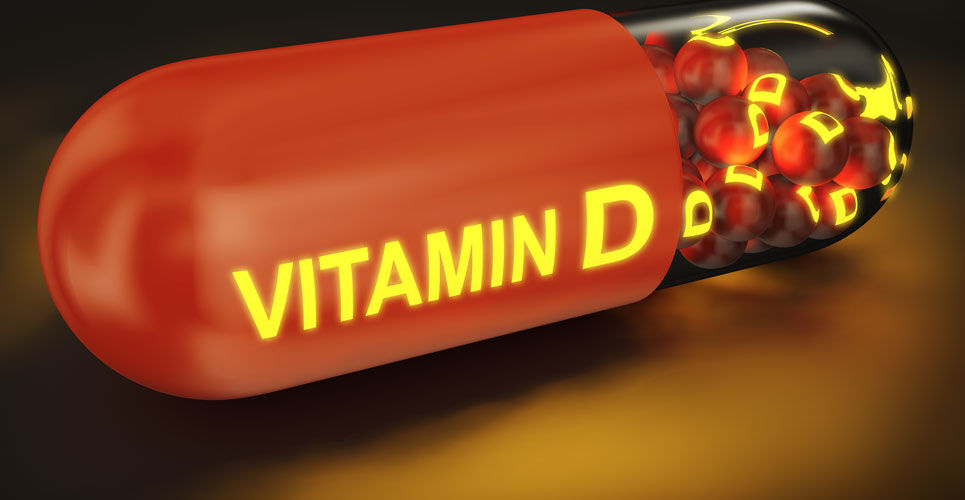High dose vitamin D supplement use in children aged 0 to 6 years appears to be safe and not associated with an overall increase serious adverse effects according to a recent study
High dose vitamin D supplementation given to children between the ages of 0 and 6 years of age does not result in an increased level of serious adverse effects according to the results of a systematic review and meta-analysis by researchers from Copenhagen Prospective Studies on Asthma in Childhood, Herlev and Gentofte Hospital, University of Copenhagen, Gentofte, Denmark.
Vitamin D has several important functions in the body including the promotion of calcium absorption and plays a role in bone growth and bone remodeling by osteoblasts and osteoclasts. However, in recent years, low levels of vitamin D in childhood has become a re-emerging public health problem in developed countries, in part due to changing lifestyle habits, obesity and other preventable risk factors. In fact, one Chinese study of children aged 0 to 12 years found a high prevalence of vitamin D deficiency especially among children aged 6-12 years. High levels of vitamin D from supplementation can result in symptomatic hypercalcaemia. In fact, hypervitaminosis D with hypercalcaemia can develop after uncontrolled use of vitamin D mega doses although whether these effects can develop in young children receiving supplements is unclear.
For the present analysis, the Danish team wanted to explore the safety of high dose vitamin D in children aged 0 to 6 years by examining adverse clinical events and biochemical changes reported in randomised trials. They searched for randomised trials with vitamin D2 or D3 used as a supplement and with a dose greater than 1000 IU/day or bolus therapy in children 0 to 6 years. They also included trials where various clinical and biochemical markers including levels of calcium, alkaline phosphatase, parathyroid hormone, were recorded.
High dose vitamin D and serious adverse events
A total of 32 trials met their inclusion criteria with a total of 8400 children. High dose vitamin D interventions ranged from 1200 to 10,000 IU/day whereas bolus doses ranged from 30,000 IU/week to 600,000 IU as a single dose.
In comparison to control groups, there was no increased risk of serious adverse events in children given high dose vitamin D (relative risk, RR = 1.01, 95% CI 0.73 – 1.39, p = 0.89). Moreover, there was also no differences between the vitamin D and control groups when stratified by the method of administration, i.e., bolus vs daily supplementation.
In addition, the risk of hypercalcaemia was also not increased (RR = 1.18, 95% CI 0.72 – 1.93, p = 0.51).
The authors reported that serious clinical adverse events were relatively rare and that most of the biochemical markers investigated did not raise serious concerns or have a clear correlation with high dose vitamin D supplementation. However, an important limitation was how many of the studies included small sample sizes and therefore, while it was not possible to make any solid conclusions, based on these results, the authors suggested that high dose vitamin D in children aged 0 to 6 years may represent a safe supplement strategy.
Citation
Brustad N et al. Safety of High-Dose Vitamin D Supplementation Among Children Aged 0 to 6 Years: A Systematic Review and Meta-analysis JAMA Netw Open 2022

